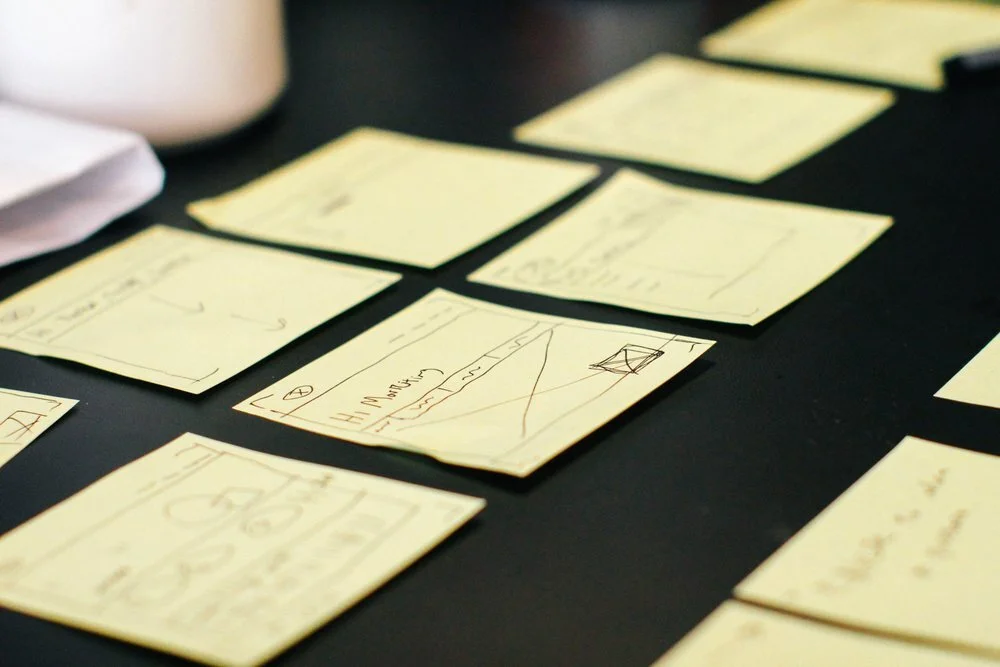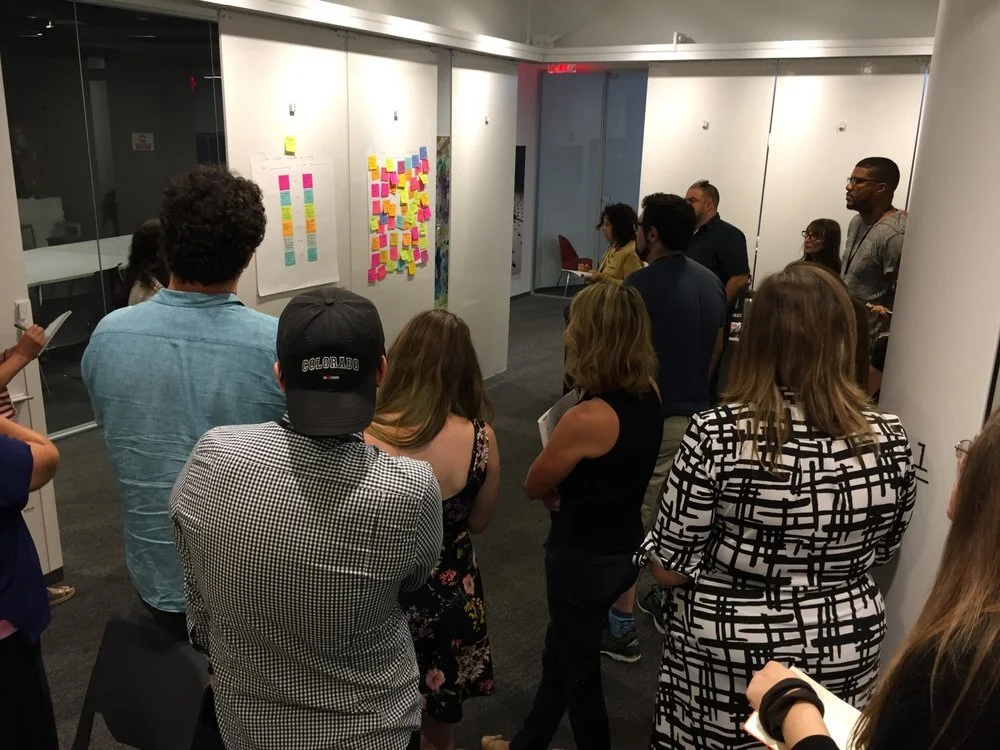The Value of Design Thinking Facilitation
In recent years the role of the facilitator has become increasingly popular. Facilitators work as intrapreneurs in global companies, strategy advisors in big agencies, freelance consultants, designers, teachers or start-up founders. They all have one thing in common:
They use their knowledge of creative processes and the ability to inspire others to enable collaboration across the borders of cultures, disciplines or organizations.
Design Thinking is the latest competitive advantage for businesses across a wide range of industries: tech, education, retail, etc. Design Thinking has received extensive coverage in major publications like Harvard Business Review and the New York Times. Relatively old stalwarts in the area like IBM, IDEO, and Frog focus on design as a consultancy service. Large corporations, like Capital One and Fidelity, are building in-house design teams that can both design and teach others throughout the organization to design.
Facilitators make Design Thinking more productive
This emphasis on design training often leads to the assumption that the people working at your company, from business development reps to product designers to VPs, can learn to be design thinkers and apply design thinking practices alongside their existing jobs.
From teaching design workshops, for design thinking to function best inside an organization, a new role is needed: Design Facilitator.
People apply Design Thinking productively when guided through in a facilitated workshop but struggle to make progress when back in their regular roles. This struggle makes sense. We wouldn’t expect anyone who spent 8 hours practicing a new skill to be able to apply it flawlessly the very next day. Why would Design Thinking any different?
A key moment in the Design Thinking process comes between an divergent phase, when the team is learning as much as possible about the user, and the convergent phase, when the team will try and draw insights from their user interactions. This frequently involves a small team standing around with post-its and sharpies generating ideas.
Without a facilitator, this process won’t happen. One of the members of the team has to play that role. That has two results. First, that member is removed from participating in the exercise. It’s difficult to do both things. Secondly, a good ideation session requires good facilitation. This step-in facilitator often has little or no experience in the role, and must learn on the job.
These challenges make it likely that the team will follow usual habits and won’t generate good results or follow Design Thinking methods and mindsets.
Facilitators generate superior results
A team with a well-trained design facilitator can come to a drastically different outcome. A good facilitator understands how to hold a strong ideation session, and comes prepared to the meeting to make it happen. They boost the energy level in the room with a a short opening exercise, getting the team members’ brains and bodies moving. They lay out the ground rules for the session and ensure everyone has the proper tools. They guide participants through exercises. They speed things along when idea creation slows and slow down when teams need to process an idea. They know when to call the session to a close and move onto the next phase in the design thinking process.
The last is important because often that is where novice teams get stuck. Common questions are: where do I start, when do I finish, and how do I know what to do next.
Teams often aren’t sure when the right time is to interview a user, generate new ideas, filter through existing ideas, or put prototypes in front of a customer to generate user feedback. A facilitator will know where the team is and what to do next. They keep the process moving forward. They help the team towards the end goal of innovating to create value for the user.
A design facilitator can contribute to their team beyond applying Design Thinking skills. They provide feedback to participants and make team members stronger in their own Design Thinking practice. They can communicate and enforce mindsets. They help prioritize tasks and ensure Design Thinking fits with other frameworks an organization may follow, like Agile. They assist with documentation to make sure the learnings generated from a Design Thinking process are recorded and shared to the team and the overall organization.
A facilitated design thinking session
Facilitators enable Design Thinking evangelists
The skills of a Design Facilitator’s practice can be taught with practice and feedback from an experienced instructor. People can take the skills they learn of facilitation back to their organizations and apply them during the design thinking process.
In partnership with AIGA, the professional association for design, IBM held a series of Design Thinking Facilitation summits to train AIGA chapter leaders their methodologies and principles to design thinking and how to facilitate our own sessions.
I joined board members from across the country in the IBM New York City office in Astor Place eager to learn how we could use design thinking locally with our members and learn how the practice can activate teams across multiple disciplines. IBM team members shared tips and case studies. They also led hands-on exercises, demonstrating design facilitation through role-playing and practice problems.
To learn more about how IBM trains Design Thinking Facilitation, check out this post and IBM Design Thinking.

